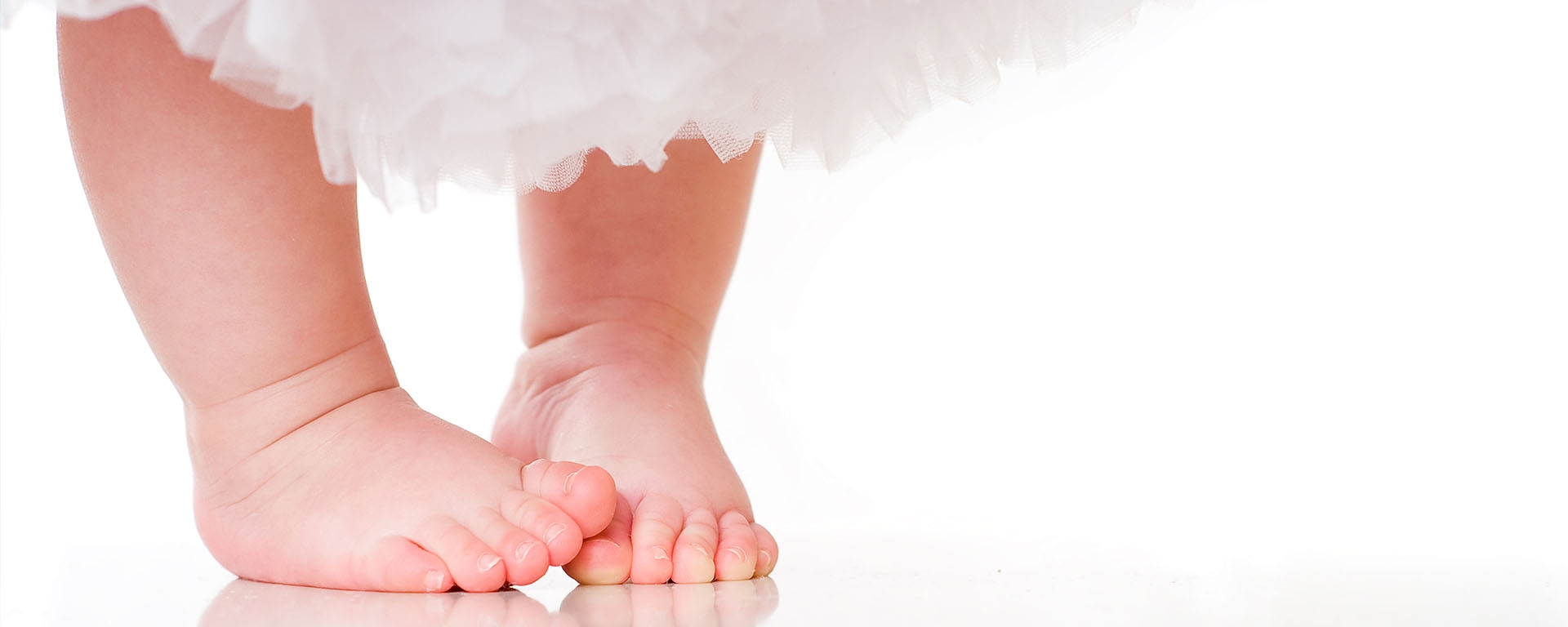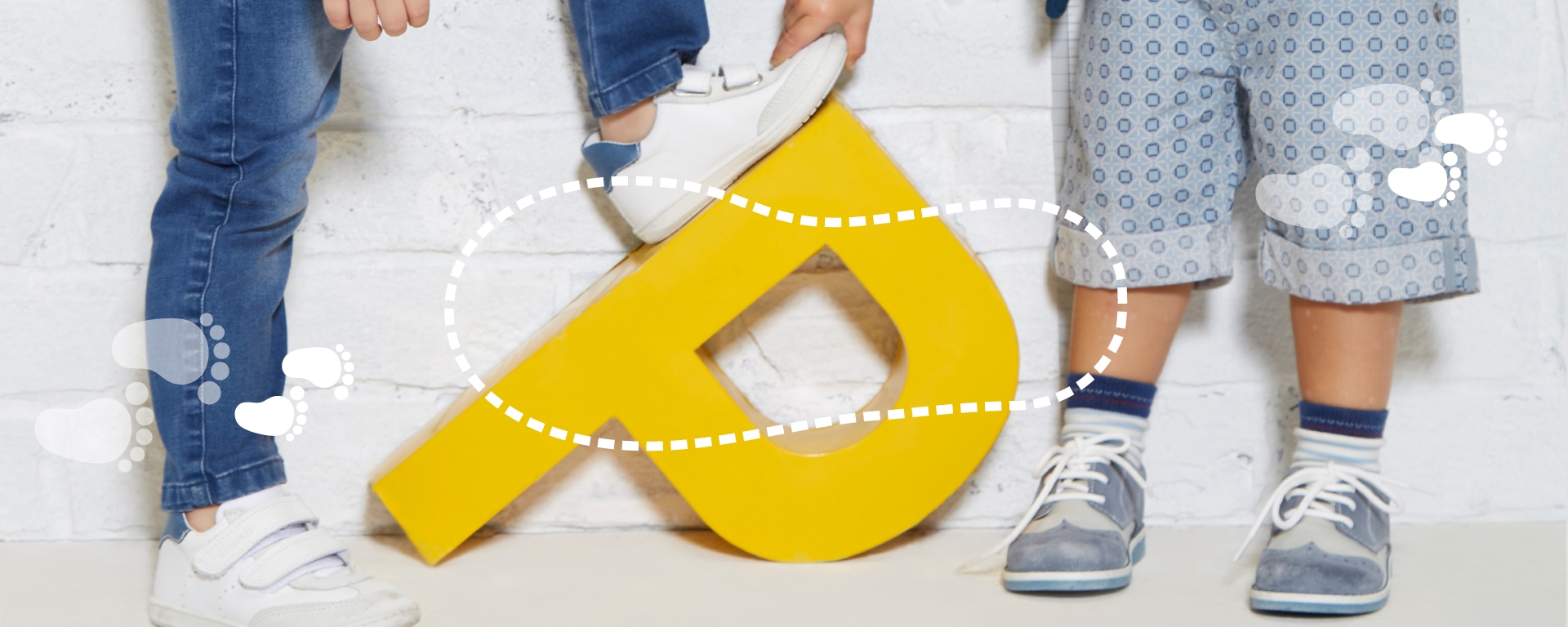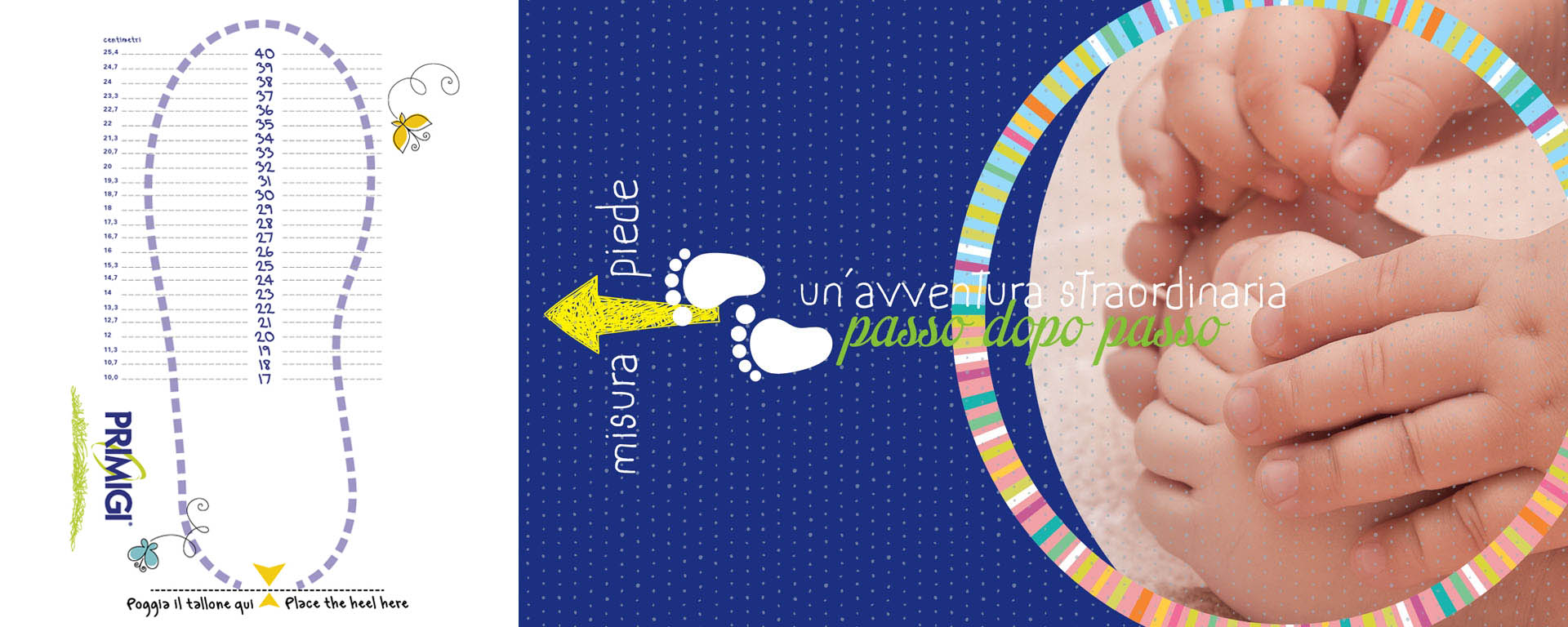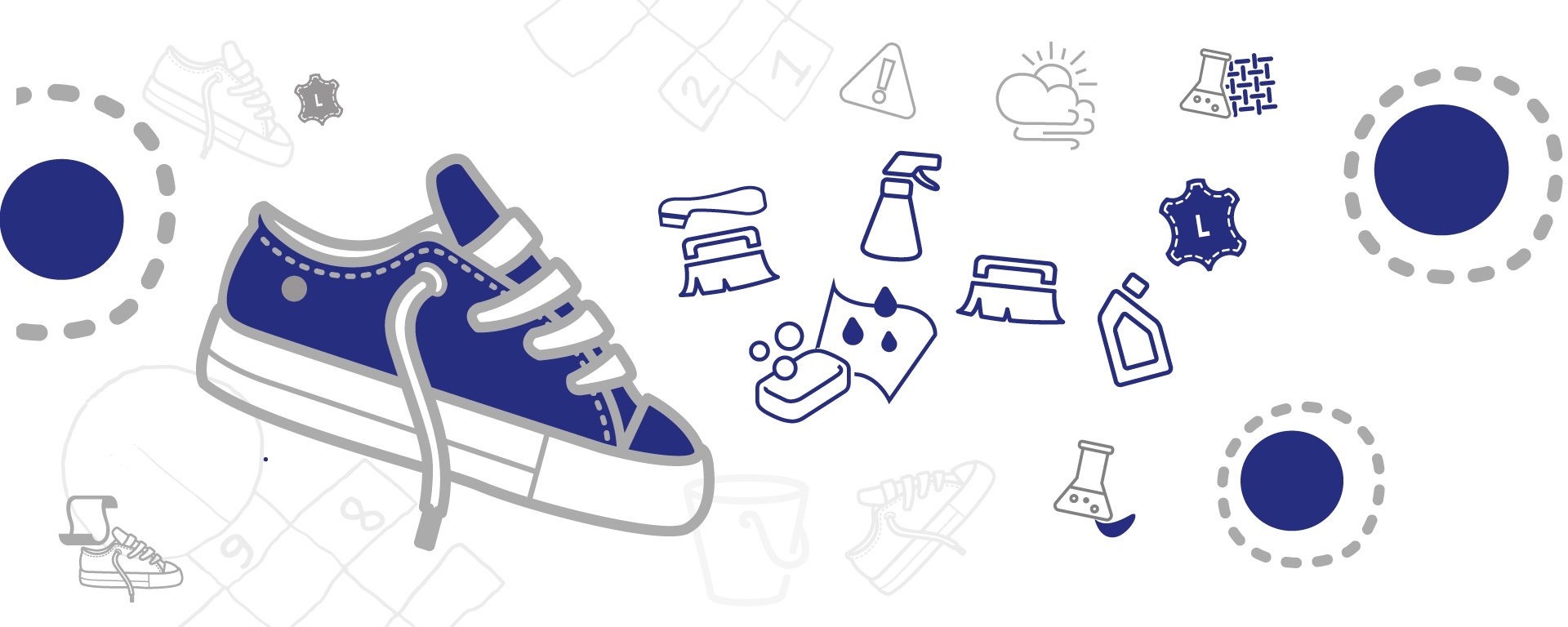The importance of feet and their development
Feet act as support to the body and assist its movement: they recognise the ground on which we tread and adapt to it by amortizing any unevenness. They ensure an erect walking position by allowing for a rhythmic swaying of the weight from one leg to another.
The first hint of a lower artery looks like a small extroversion of the embryo towards the 4th week of intrauterine life. When the embryo has grown to a length of about 55 millimetres in the 9th week, the toes are already well formed.
This is the most critical period of development in which the embryo runs a higher risk of suffering damage from harmful agents such as German measles for example, an infectious viral disease which, if caught during the first three months of pregnancy, may cause serious foot malformations.
Also for this reason, it is important to vaccinate fertile women against German measles. Likewise, in this period, X-rays may be harmful (X-ray examinations must never be carried out in the first months of pregnancy), as well as chemical and physical environmental pollution.
At birth, the baby's feet measure between 7 and 9 centimetres.
They are relatively long compared with his lower arteries and point upwards (dorsiflex). The baby assumes this posture during his last weeks in the uterus and maintains it for some days after his birth.
Their further development, that will continue until his growth is complete, in order to be successful, will require the intervention of all those muscles that are the most powerful shapers of our skeleton.
If we want him to have healthy feet, therefore, we must first of all avoid any footwear that mortifies and inhibits the correct working of his feet muscles. Shoes are a necessary defence against the cold, the hardness of artificial ground coverings such as asphalt, concrete and domestic floorings but should not restrict the feet inside a rigid cage. On the contrary, they should favour the harmonious working of all the muscles in play.
When dealing with malformations and deformities, orthopaedic treatment sets out to re-establish a foot shape that is compatible with such a tread as ensures a correct muscular equilibrium, this being indispensable for an erect posture and walking position with the feet firmly placed on the ground and without any sensation of pain and functional deficiencies.





